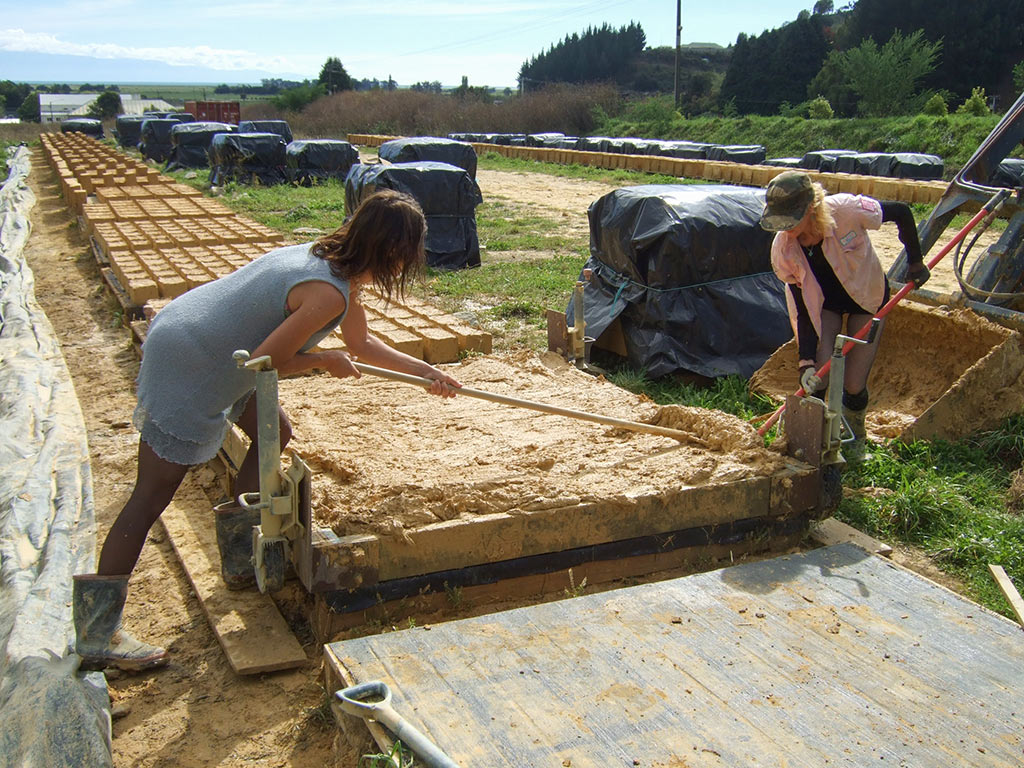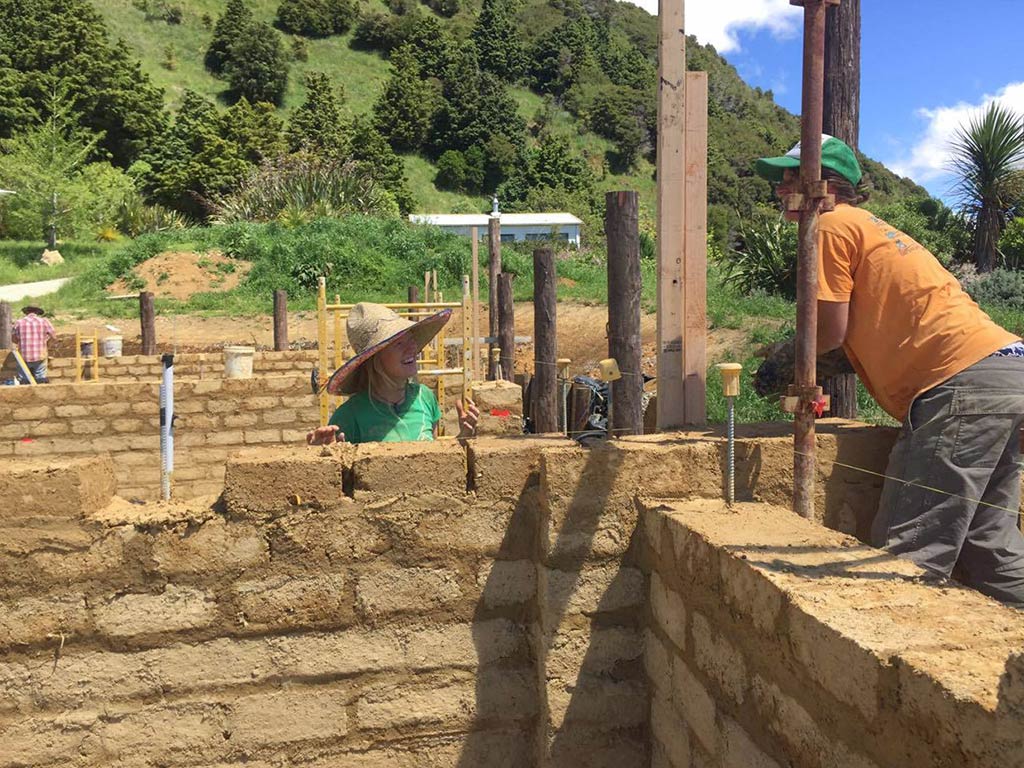Adobe is one of the world’s oldest and most proven building methods. It uses a simple mixture of clay, straw, and water, formed into bricks and dried in the sun. The bricks are laid with earth mortar, creating load-bearing walls that are solid, breathable, and timelessly beautiful.
In New Zealand, adobe has been used since the mid-1800s, from early settler cottages to contemporary high-end homes. It remains a reliable, high-performance construction method when detailed correctly for our seismic and climatic conditions.
Earth buildings are strong and durable when designed with care. Key considerations include:
While traditional adobe remains an excellent material, Structural Light Adobe (SLA) represents the next step in earth wall innovation. Developed and tested in New Zealand, SLA blends raw earth with higher fibre content and natural lightweight aggregates to improve thermal performance while remaining fully loadbearing and vapour-open.
SLA walls achieve significantly higher insulation values than conventional adobe and since 2020 are recognised within the NZ Earth Building Standards. Using SLA can create exceptionally comfortable, low-energy homes that meet or exceed Clause H1 requirements.
Adobe construction in New Zealand is supported by the Earth Building Standards:
These documents outline the testing, design, and performance requirements for adobe, pressed earth brick, rammed earth, and poured earth systems.
Solid Earth’s adobe and SLA products have been independently tested for structural strength, durability, and thermal performance, and they exceed the benchmark requirements set out in NZS 4298.
Like any natural building system, adobe requires suitable site and detailing:
With correct design and care, adobe walls will perform reliably for generations.
Solid Earth provides a complete range of adobe services, from brick manufacture to full wall construction:
We’re happy to discuss your plans, provide quotes, or tailor training for your project.
SOLID EARTH LTD take pride in manufacturing high quality adobe bricks since 1998.

